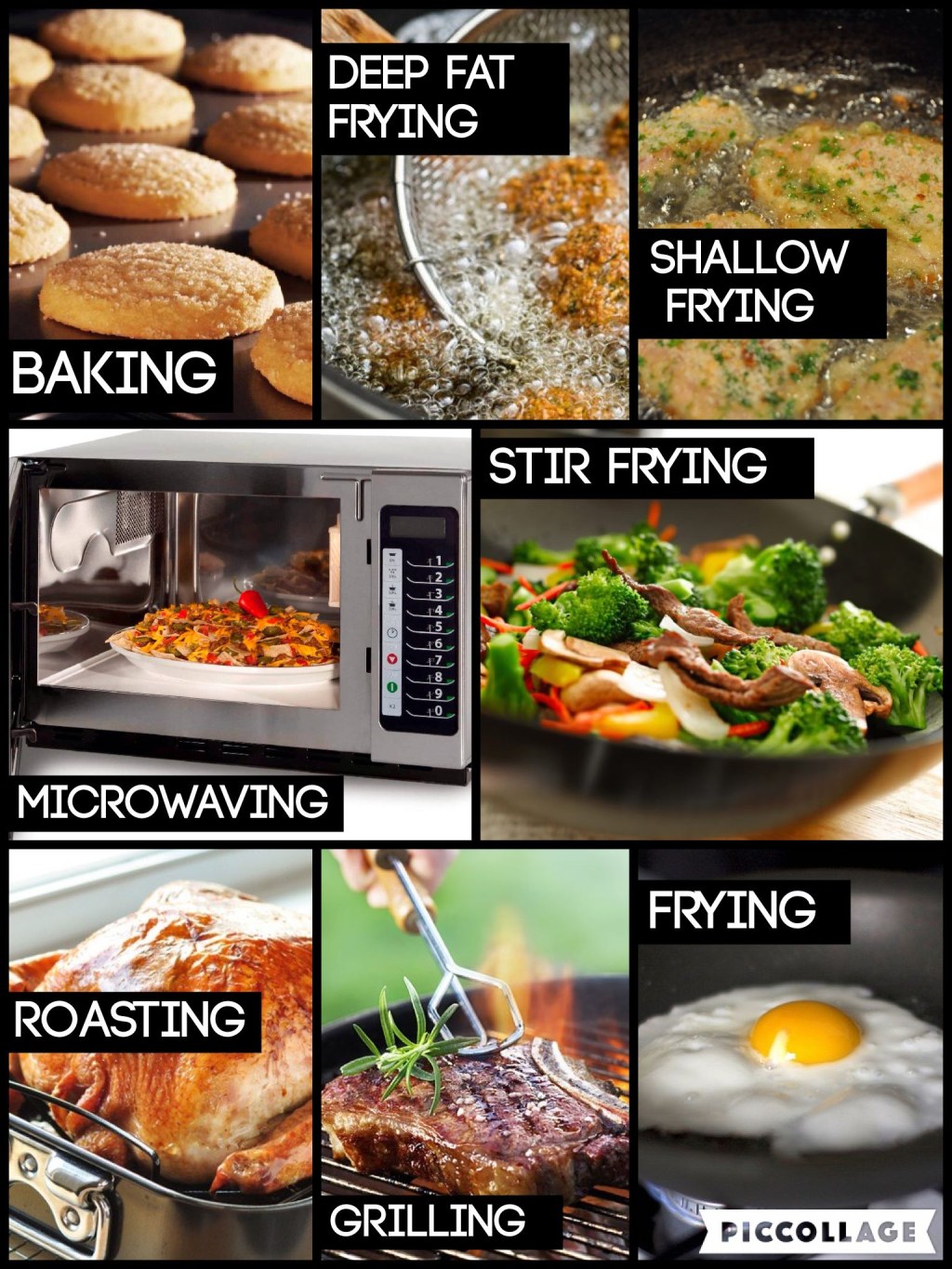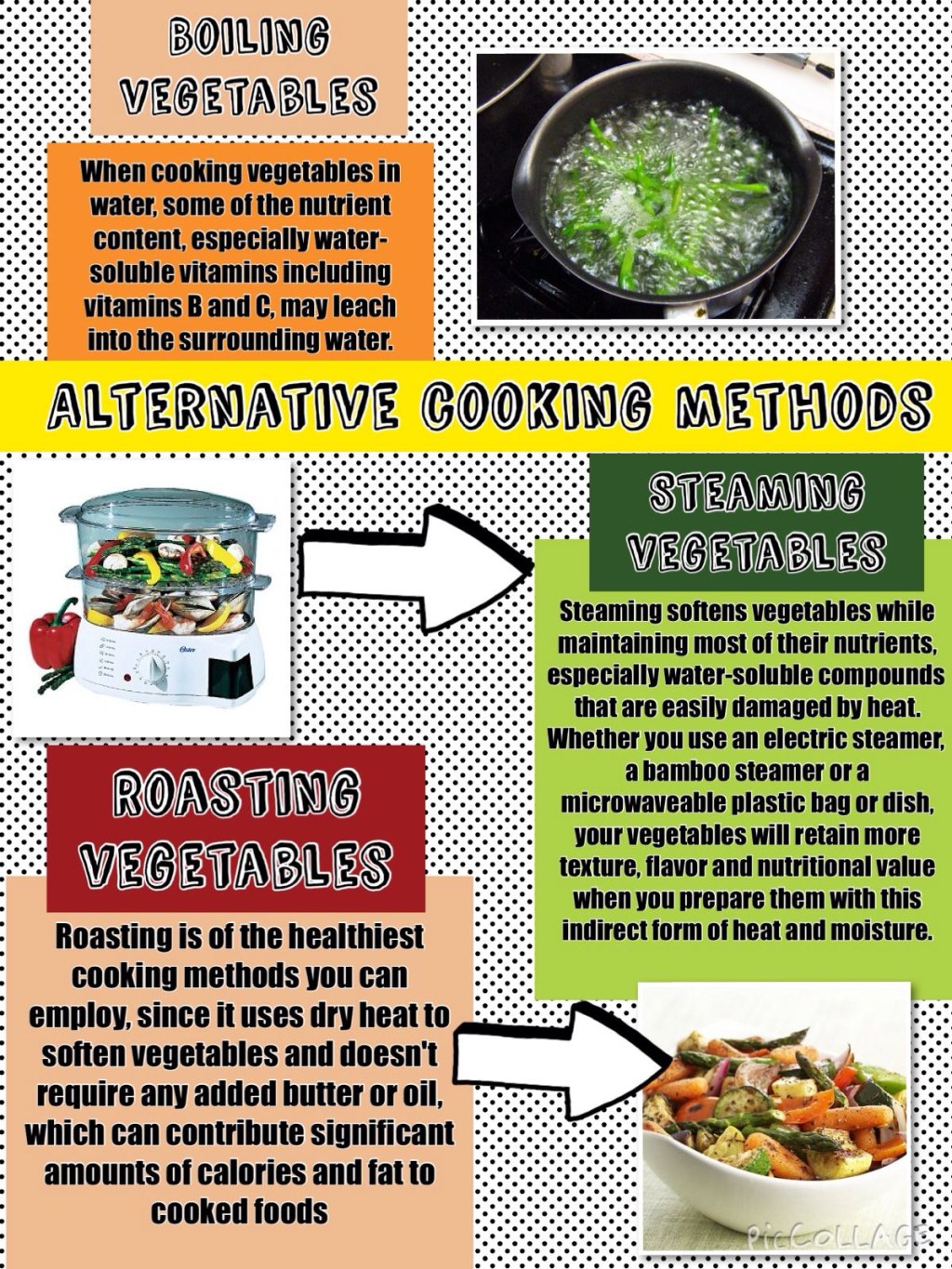Mastering Cooking Methods For GCSE Food: Unlock Your Culinary Potential Now!
Cooking Methods GCSE Food: A Comprehensive Guide to Culinary Techniques
Introduction
Dear Readers,
2 Picture Gallery: Mastering Cooking Methods For GCSE Food: Unlock Your Culinary Potential Now!


Welcome to our comprehensive guide on cooking methods for GCSE Food! In this article, we will explore various culinary techniques that are essential for anyone studying or interested in the world of food. Whether you are a beginner or an experienced cook, understanding different cooking methods is crucial to creating delicious and well-prepared dishes. So, let’s dive into the fascinating world of cooking methods!
The Importance of Cooking Methods

Image Source: pinimg.com
Cooking methods play a vital role in determining the taste, texture, and overall quality of food. With the right technique, you can transform simple ingredients into extraordinary culinary creations. Mastering these methods not only enhances your cooking skills but also allows you to explore a wide range of flavors and cuisines.
About GCSE Food
GCSE Food is an educational qualification that provides students with a deeper understanding of culinary arts and nutrition. As part of the curriculum, students learn various cooking methods to develop their practical skills and knowledge in the kitchen. This article aims to support GCSE Food students in their learning journey by providing a comprehensive overview of cooking methods.
The Table of Cooking Methods
Before we delve into the details, let’s take a look at the table below, which provides an overview of the different cooking methods:

Image Source: pinimg.com
Cooking Method
Description
Examples
Baking
Using dry heat in an oven to cook food evenly.
Bread, cakes, cookies
Boiling
Cooking food in hot liquid at or near its boiling point.
Pasta, vegetables, eggs
Grilling
Cooking food directly under or over high heat.
Steak, vegetables, seafood
Roasting
Cooking food in an oven at high temperatures.
Chicken, potatoes, vegetables
Sautéing
Cooking food quickly in a small amount of fat.
Stir-fried vegetables, shrimp
Steaming
Cooking food by exposing it to steam.
Dumplings, fish, vegetables
Stewing
Cooking food slowly in a liquid for a long time.
Beef stew, chicken curry
What are Cooking Methods GCSE Food?
When it comes to GCSE Food, cooking methods refer to the techniques used to prepare and cook food. These methods vary in terms of temperature, time, and cooking medium, resulting in different flavors, textures, and appearances. Understanding these methods is essential for GCSE Food students, as they need to demonstrate their practical skills and knowledge during exams and coursework.
Who Uses Cooking Methods GCSE Food?
Cooking methods in GCSE Food are primarily used by students studying the subject. However, the knowledge and skills acquired through these methods can be applied by anyone interested in cooking and experimenting in the kitchen. Whether you aspire to become a professional chef or simply enjoy preparing meals for your loved ones, learning these techniques will undoubtedly elevate your culinary expertise.
When to Use Cooking Methods GCSE Food?
Cooking methods in GCSE Food are used in various situations, depending on the desired outcome and the type of food being prepared. Baking, for example, is commonly used for making bread, cakes, and cookies, while grilling is ideal for cooking steaks, vegetables, and seafood. Each method has its own set of characteristics and is best suited for specific ingredients and dishes.
Where Can Cooking Methods GCSE Food Be Applied?
The beauty of cooking methods in GCSE Food is that they can be applied in any kitchen, be it at home or in a professional culinary setting. Whether you have access to a fully equipped kitchen or are working with limited resources, these techniques can be adapted to suit your needs. So, no matter where you are, you can explore the world of cooking methods and unleash your creativity in the kitchen.
Why are Cooking Methods GCSE Food Important?
Cooking methods in GCSE Food are important because they lay the foundation for culinary expertise. By understanding and mastering these techniques, students can develop their skills in cooking, flavor pairing, and food presentation. Additionally, these methods enable students to create dishes with precision and consistency, ensuring that the food they prepare is both delicious and safe to consume.
How to Use Cooking Methods GCSE Food?
Using cooking methods in GCSE Food requires a combination of theoretical knowledge and practical application. Students learn about the different methods in class and then apply them during practical sessions. They follow recipes and instructions, ensuring that they use the appropriate method for each dish. Through practice and experimentation, students refine their techniques and develop their own culinary style.
Advantages and Disadvantages of Cooking Methods GCSE Food
Each cooking method in GCSE Food comes with its own set of advantages and disadvantages. Let’s explore some of them:
Advantages
💡 Enhanced flavor: Different cooking methods bring out unique flavors in food, creating a diverse culinary experience.
💡 Retention of nutrients: Certain cooking methods, such as steaming and boiling, help retain the nutritional value of the ingredients.
💡 Versatility: With a wide range of cooking methods at their disposal, cooks can experiment and create a variety of dishes.
Disadvantages
😔 Time-consuming: Some cooking methods, like stewing and roasting, require longer cooking times, making them less suitable for quick meals.
😔 Skill-dependent: Certain techniques, such as sautéing and grilling, require skill and practice to achieve the desired results.
😔 Equipment requirements: Some cooking methods may require specific equipment, such as grills or steamers, which may not be readily available in all kitchens.
FAQs about Cooking Methods GCSE Food
1. Q: Can I use the same cooking method for different types of meat?
💬 A: Yes, you can use the same cooking method for different types of meat. However, cooking times may vary depending on the specific cut and thickness of the meat.
2. Q: Are there any cooking methods that are considered healthier than others?
💬 A: Certain cooking methods, such as steaming and boiling, are generally considered healthier as they require minimal or no added fats.
3. Q: Can I combine different cooking methods in one dish?
💬 A: Yes, combining cooking methods can add depth of flavor and texture to a dish. For example, you can sear meat before stewing it for added flavor.
4. Q: How do I know which cooking method to use for a specific dish?
💬 A: The choice of cooking method depends on factors such as the type of dish, desired flavor, texture, and the ingredients used. Following recipes and experimenting will help you determine the best method for a particular dish.
5. Q: Can I substitute one cooking method for another?
💬 A: In some cases, you can substitute one cooking method for another, but it may affect the taste and texture of the dish. It’s best to follow the recommended method for the best results.
Conclusion
In conclusion, mastering cooking methods in GCSE Food is essential for anyone looking to expand their culinary skills. From baking to sautéing, each technique offers unique flavors and textures that can elevate your cooking to new heights. By understanding the advantages, disadvantages, and appropriate application of these methods, you can create delicious and visually appealing dishes that will impress your family, friends, and even yourself. So, roll up your sleeves, grab your apron, and start experimenting with the wonderful world of cooking methods!
Final Remarks
Dear Readers,
Before you embark on your culinary adventures using cooking methods, please ensure that you handle food safely and follow proper hygiene practices. Always cook meat thoroughly, wash your hands before and after handling food, and keep your kitchen clean and organized. Remember, cooking is not just about creating delicious meals; it’s also about ensuring the safety and well-being of those who enjoy them. So, let’s cook with love, passion, and utmost care!
This post topic: Cooking Techniques

